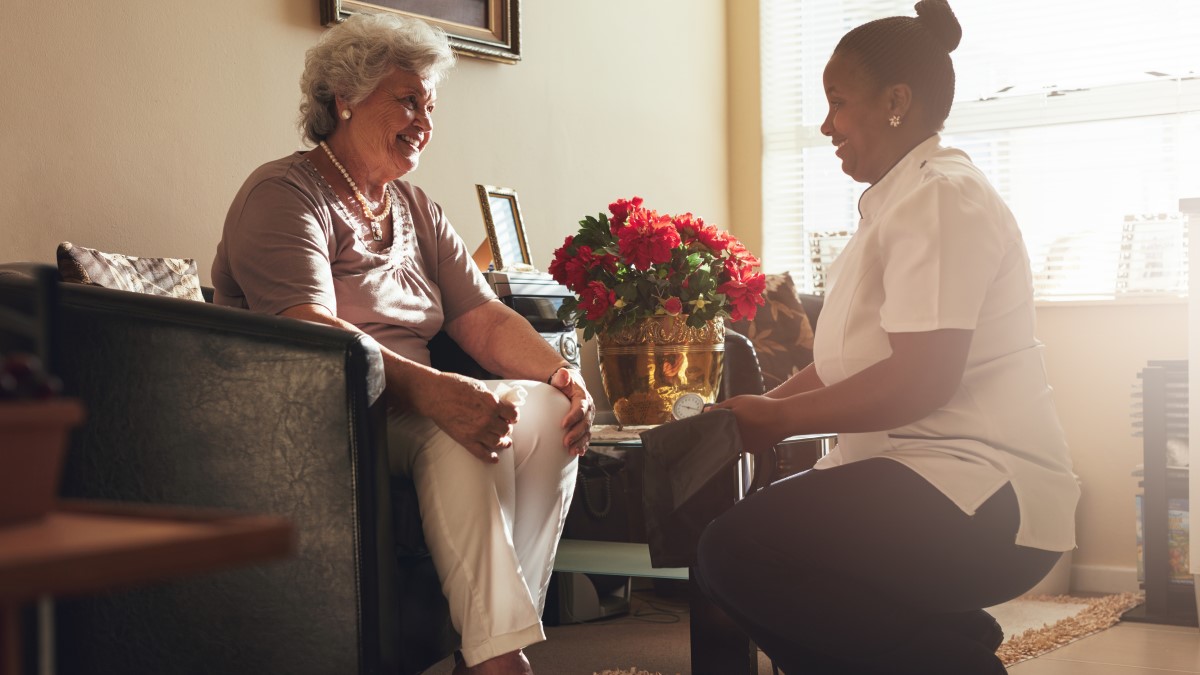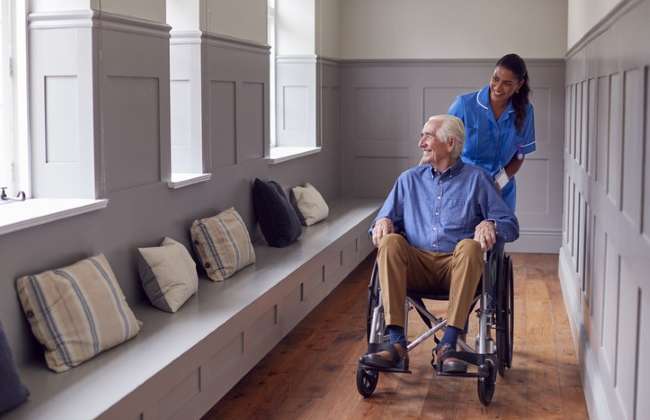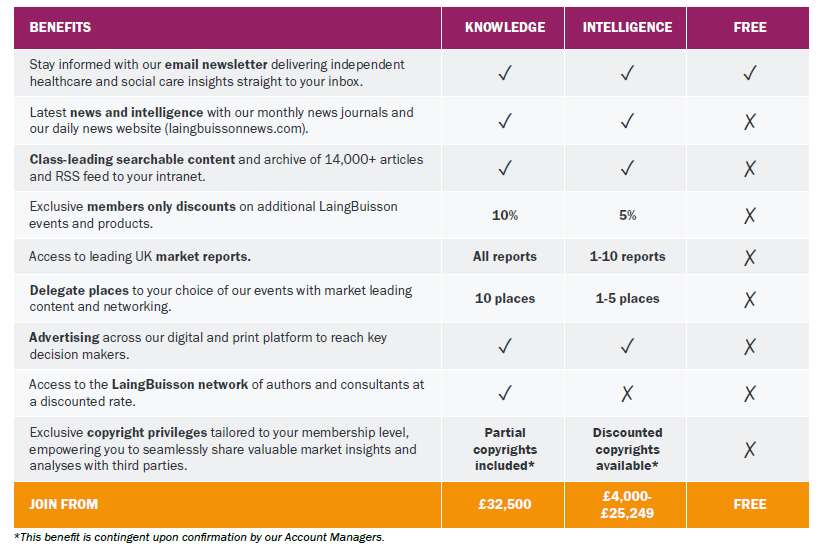Homecare and Supported Living – social care ‘Cinderella’ or rising star?
LaingBuisson has launched the 4th edition of its respected Homecare and Supported Living UK Market Report.
The fully-updated report looks at how this market has fared and developed through the past 18 months which have been marked by the Covid-19 pandemic. It also reflects on the likely impact of the Government’s announcement on 7 September of a new settlement for the NHS and social care.
Estimated to be worth £10.3 billion in 2019/20 and with almost 1 million people estimated to be in receipt of homecare or supported living services in the UK, this is a sector which showed itself to be resilient in the face of the challenges of the Covid-19 pandemic. Through the remarkable efforts of staff, as well as the support of government grants, the financial impact of Covid-19 on homecare providers was minimal. Anecdotal evidence suggests that infection rates among those in receipt of homecare were far lower than for people in residential care.
Homecare and supported living is a sector which has fallen victim to the austerity measures of the past decade and the reality is that local authority social care budgets remain constrained. The new funding for social care announced by the Government on 7 September is not expected to improve the situation at least until April 2023.
Recruitment challenges are expected to continue. Homecare and supported living has always been known for low pay and high staff turnover. While the sector attracted many staff from areas of the economy which were closed down during the pandemic, providers are finding it hard to compete in the current tight employment market.
Report author, William Laing said:
“There are many positives for this market which make it interesting to potential investors. The first is an ageing population with an increased need for homecare as well as supported living. Furthermore, people have realised that care at home is often safer and more economical than residential care and there is a growing clinical homecare market. There are also some particularly profitable niches, such as clustered homecare, live-in healthcare, franchises, NHS funded complex care and private pay at premium prices.
“Having said that, homecare and supported living is a business where it is difficult to say that success in any given area confers clear competitive advantage. Profitability is driven by location and scale and these findings are underpinned by new research that LaingBuisson has undertaken for this edition of the report. However, what is also clear from the research is that there is a balance to be struck, and the report explores this in more depth.
“There is also the question of whether homecare and supported living will finally become ‘tech-enabled’ and whether this will confer any particular advantage to providers who can offer this. Two of the top 10 providers, Cera Care and Home Instead, are very much ‘tech enabled’, but whether this becomes a standard feature of a sector which has traditionally been a slow adopter of digital remains to be seen.”







